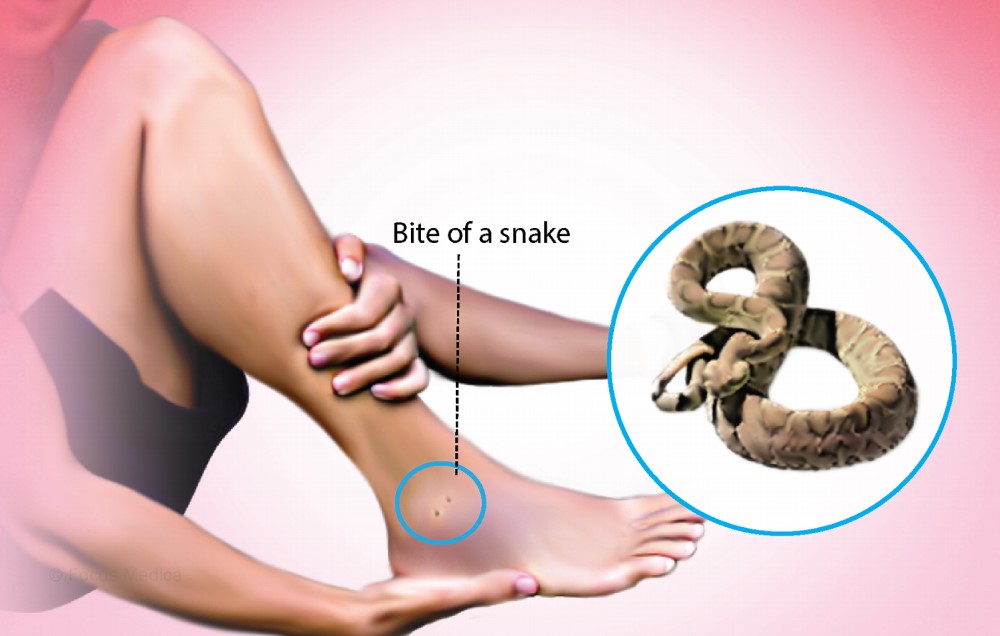As recorded by many countries in the world, the deaths from venomous snake bites are quite a lot and are getting more and more serious. Notably, poor first assistance caused numerous patients to experience gangrene of the limbs, infection, and even death. Therefore, it’s crucial to identify venomous snake bites and administer the appropriate first aid. ‘How to cure venomous snake bites‘ is an important note to keep in mind when encountering dangerous emergencies. Come to yeusnaker and we will share for you!
Symptoms of being bitten by a poisonous snake
The victim will endure excruciating scorching agony at the bite location once the venom has been injected into the body because the hook is attached to the tissue (increased pulse rate at the bite site, local edema). The area around the bite may experience swelling of the lymph nodes, itching, and numbness, which may spread to the arm or leg. The majority of snake bites happen to the limbs, and after being bitten by a venomous snake, the victim will experience the following symptoms:
- Within 15 to 30 minutes, excruciating scorching pain at the wound;
- Following swelling and bruising, the bite may sometimes spread across the arm or leg and result in skin necrosis;
- Nausea, a sense of weakness and shortness of breath, and occasionally even an odd taste in the mouth;
- Bleeding from an injury or sudden, systemic bleeding (nosebleeds, bleeding teeth, hemoptysis, mucosal hemorrhages, cerebral hemorrhages).
While some viper species can lead to bleeding problems and abnormal blood coagulation. The neurological symptoms of other groups with more potent toxins, such as the Cobra, include tingling skin, trouble speaking, weakness in the limbs, overall paralysis, or respiratory failure and apnea. Venomous snake bites typically result in death owing to paralysis of the muscles, which makes breathing difficult or results in blood loss and difficult-to-stop internal hemorrhage.
Even though a snake is venomous, there are times when it bites without injecting any venom. These are referred to as “dry bites” and only produce localized discomfort.
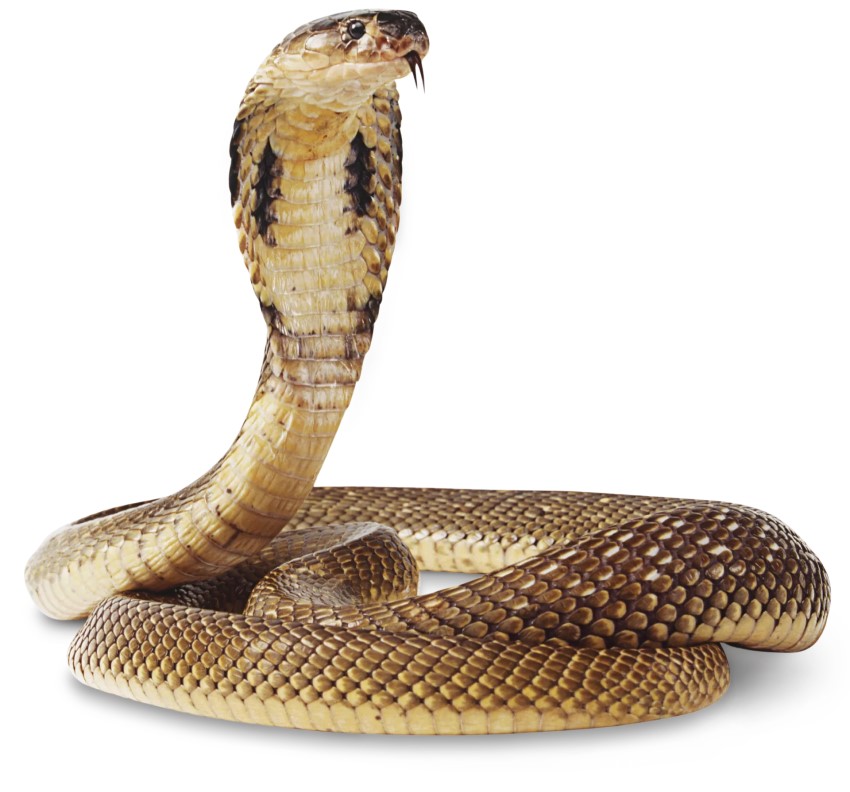
How to cure venomous snake bites
Call the local medical facility’s emergency services right away if you’ve been bitten by a poisonous snake. In the absence of medical assistance, the individual doing first aid should do the following:
- Relocate the victim out of the snake’s reach.
- To stop the transmission of venom, reassure the individual who has been bitten by a snake, remain calm, restrict movement, and immobilize the injured limb using a brace.
- To prevent constricting and enlarging the wound, take off your jewelry and loosen your clothing.
- Even while being taken to the hospital, adjust the position so that the snakebite region is lower than the heart (can hold the snake carcass or take a picture of the snake bite, describe the type of snake bite).
- Use soap and physiological saline to clean the wound.
- Cover the biting area with a piece of clean, dry gauze.
The victim of a snake bite should be transported as soon as possible to the closest medical facility to receive antivenom treatment, preferably within the first 12 hours of the assault. This is crucial. If treatment is postponed after 24 to 48 hours, the outcomes are very subpar or unsuccessful.
Additionally, based on the circumstances, the victim can also require specific procedures like dialysis, antibiotic therapy, etc. Therefore, rushing the victim to the emergency room will aid in improving the effectiveness of care and lowering the risk of the patient experiencing life-threatening complications.
Objectives of first aid
- Removes some of the venom and decreases the rate at which it enters the body from the bite.
- Protect the patient’s life, avert difficulties, and treat them before they arise before the patient arrives at the hospital.
- Nothing causes the patient any more harm.
- Transporting patients to medical institutions as quickly as safely as possible.
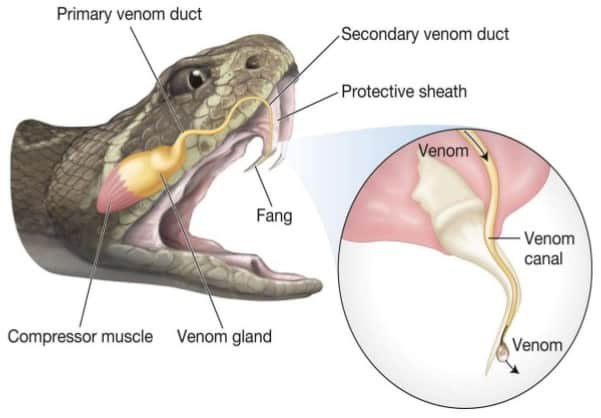
Things not to do when giving first aid for snake bites
Following a snake bite, there are a few things to remember in order to safeguard yourself and people around you:
There should be no subjective psychology; you should only seek emergency care if you notice serious symptoms like respiratory failure, widespread necrotic wounds, etc. When someone is bitten by a snake, you should not wait; instead, you should take the victim right away to a medical facility for examination.
Do not use medicine without a prescription or apply cold, chemicals, leaves, etc. to the wound at random.
To prevent escalating the infection, avoid cutting, poking, or trying to remove the venom from the wound.
Person who have been bitten by snakes should not administer folk treatments without first consulting a physician.
To avoid injuring the victim and preventing blood flow to the extremities, which could lead to necrosis, never use a gauze bandage to bind the place where the snake bit you.
Drinks with caffeine or alcohol should be avoided by those who have been bitten by snakes since they can hasten the body’s absorption of the venom.
Though you shouldn’t attempt to catch the snake, you should be aware of its color, form, and assault style. If you can, snap photos of the snake from a safe distance to aid in its identification and speed up treatment.
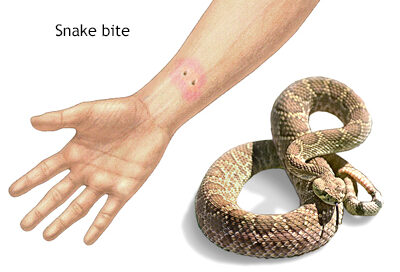
Prevention of snake bite
- Understand the local snake population and the places where they like to reside or hide.
- If you’re in the woods or a grassy area, wear boots, boots, and long pants, especially at night, along with a wide-brimmed hat.
- Since dead snakes can still attack people, the further away from snakes the better. In a closed space, never try to corner, catch, or chase a snake.
- If it’s dark or late at night, use lights.
- Avoid residing close to areas where snakes like to live or frequent, such as rubble, waste dumps, and animal kennels.
- People shouldn’t catch sea snakes in nets or fishing lines to prevent getting bitten by them.
- The nature of snakes is that they only fight when threatened and will flee when they notice people, so if you come across one, you should walk carefully and stay as far away from it as you can.
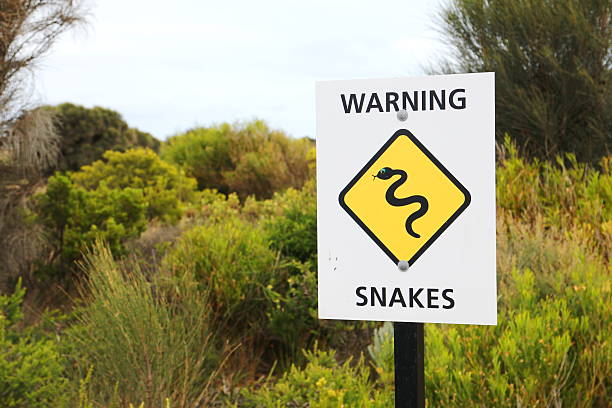
Final words
Venomous snake bites happen often all around the world. The degree of harm caused by poisonous snakebites ranges from minor to severe, with many cases of fast death. In the medical community, this is considered an emergency. First aid for snake bites is a crucial part of the healing process, and it’s critical to make the most of every second to stop the spread of poisons.
Above, we have provided How to cure venomous snake bites and the symptoms of a venomous snake bite. Moreover, we also share with you Things not to do when giving first aid for snake bites. We hope with this article, you can be more careful when going to strange and deserted places such as forests, rivers, swamps, bushes,… And you also know what to do when you or your companion are bitten by a snake.
Maybe you want to know: Identify Venomous Snakes and How to Avoid Venomous Snakes

